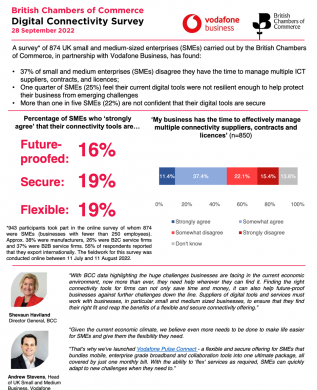The latest stock market setback has been triggered by distress from emerging markets and if you can remember 1997 this may feel like familiar territory. “Thailand ran into trouble in July 1997. Four months later South Korea’s president warned his countrymen of the “bone-carving” pain to follow an IMF bail-out. It took over a year for Russia to blow up; its default didn’t happen until August 1998” says The Economist.

The Asian financial crisis of 1997 and the Russian financial crisis brought down hedge fund Long Term Capital Management. The stock market collapsed but the decline was short lived and by the end of 1998 the stock market was back to new high.
Today’s events are similar to those in 1997, the sense of an emerging market discontent is beginning to bubble and many investors are sensing déjà vu. The added worry this time is that emerging markets have more influence on western economies and account for more than half of world GDP on the basis of purchasing power. Troubles over there would be catastrophic here.
In addition to the threat posed by emerging markets I have identified other problems that will lead to a major correction in 2014:
Extended Bull market: Bull markets last on average two years, this one is in its fifth year.
First degree extreme in bullish sentiment: This is seen by many as the most important sell signal of all. A first degree extreme in bullish sentiment occurs when the market has been rising for a few years or more and some sentiment indicators have reached extreme levels. For example the percentage of bullish advisors is at multi-year high, the Put/Call ratio (10-day average) is at multi-year low and bullish articles describing a situation in which the stock market is a one-way bet appear on the cover of investment magazines. I saw two bullish magazine covers in March and May 2013, an indication that we are in a first degree extreme in bullish sentiment.
Near completion of a long term Elliott wave pattern: when the extreme in bullish sentiment coincides with a completed Elliott wave pattern, the risk of a crash is high.

The S&P 500 has either made its top in January or there will be a final move up to 1900. The pattern started in 2009, the correction will be proportionate in time and magnitude. The S&P could lose half of its value by the time the correction ends sometime in 2016-2018.

The FTSE 100 appears to be in the final stages of an ending diagonal, this is a terminal pattern. The bull market is unlikely to continue after February.
Thierry Laduguie is FTSE 100 Trading Strategist at www.e-yield.com


 Hot Features
Hot Features












